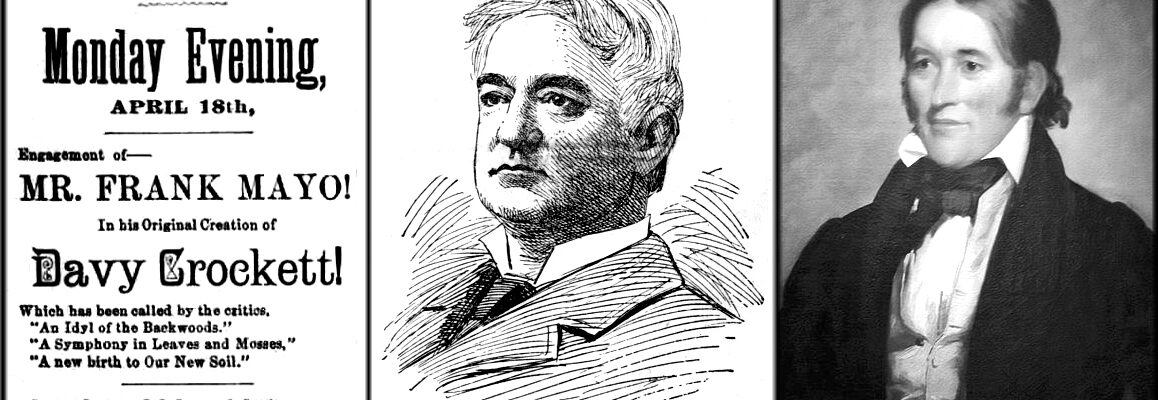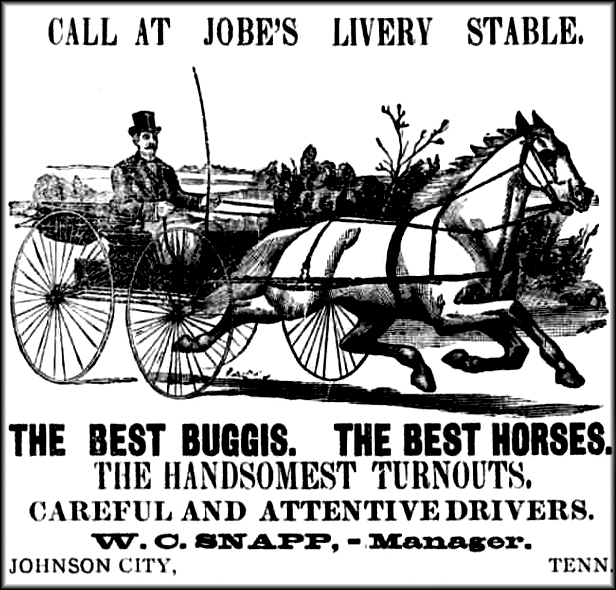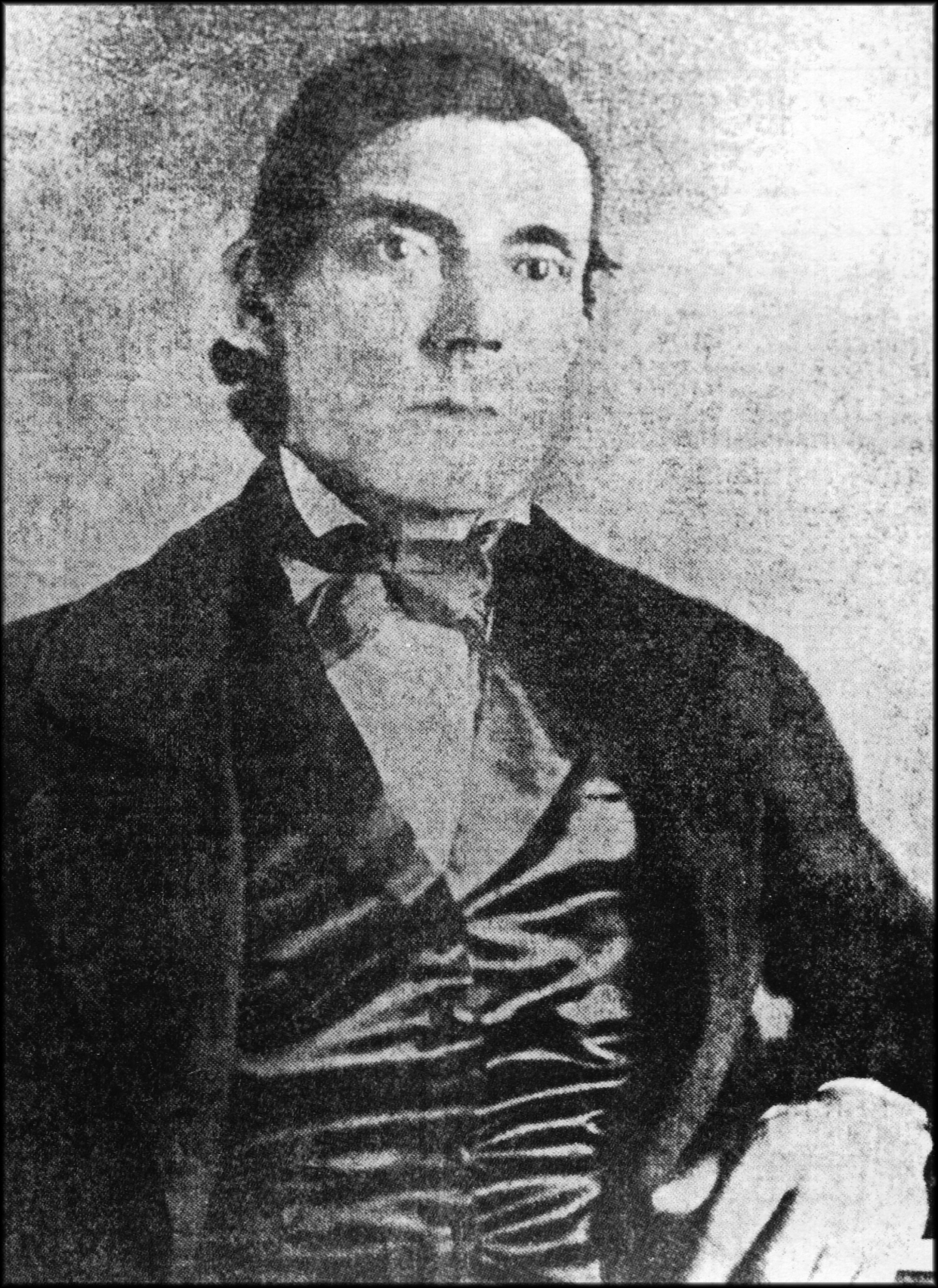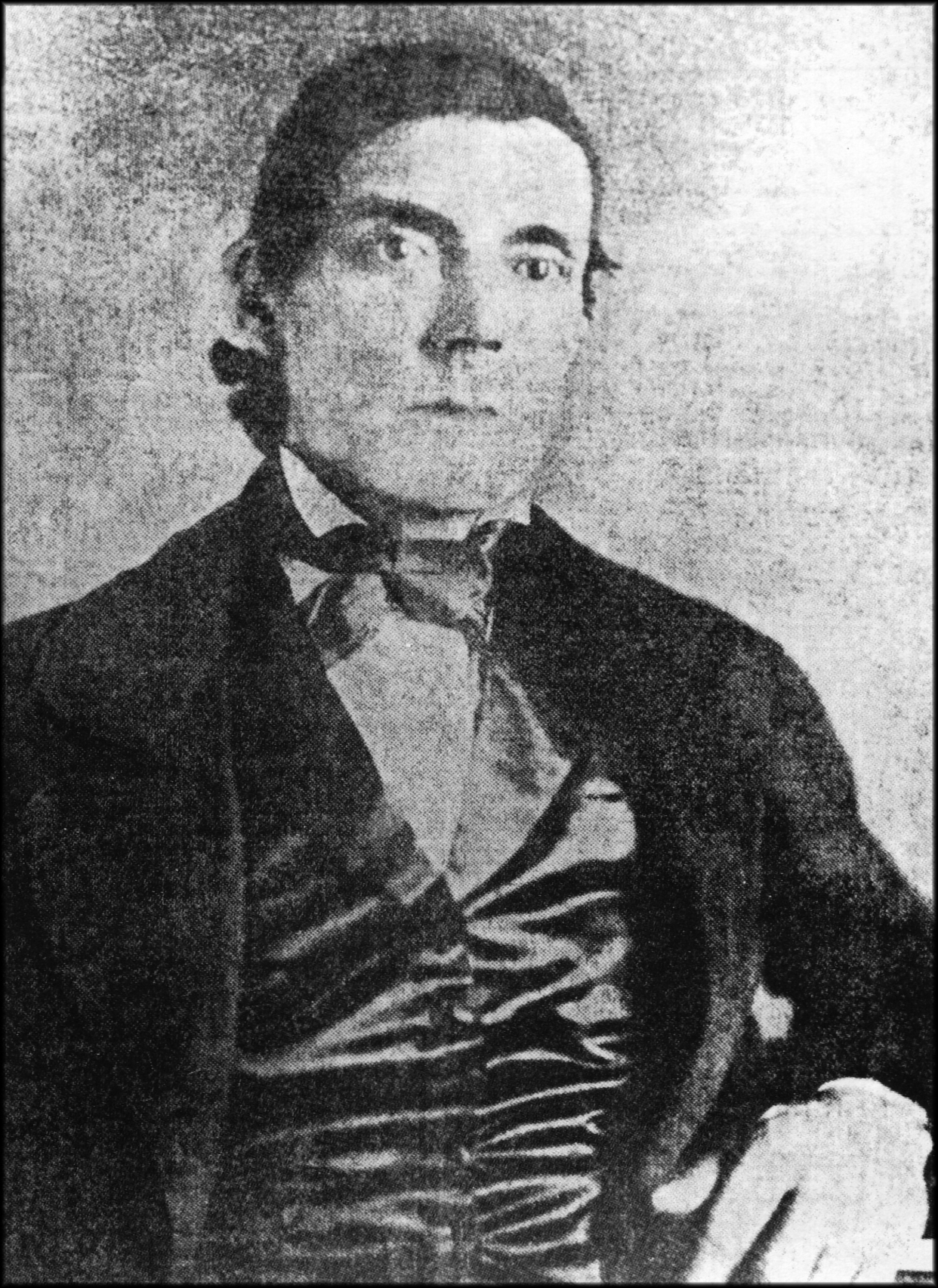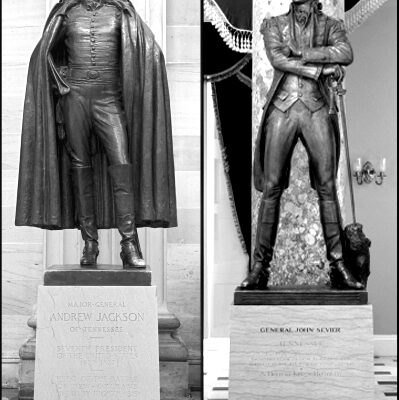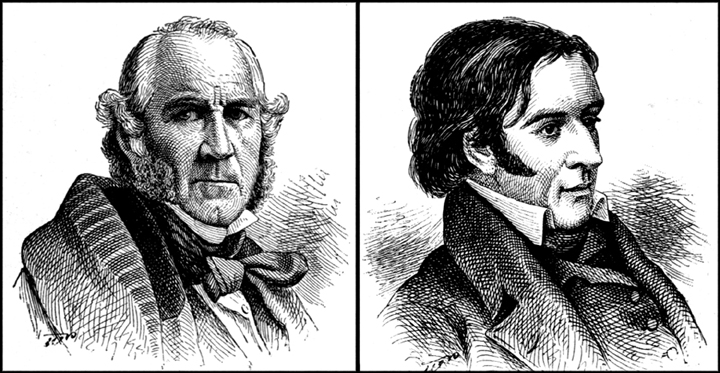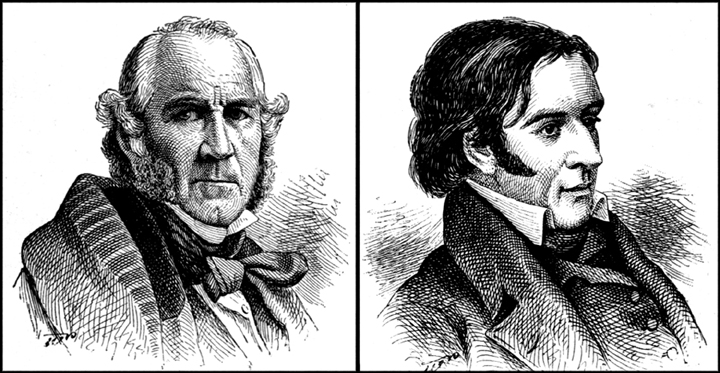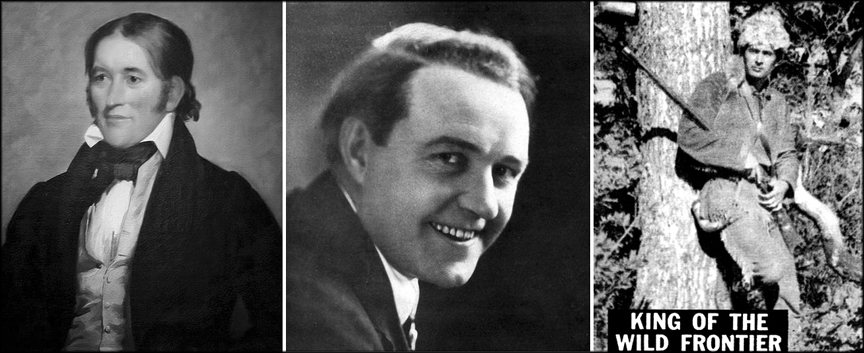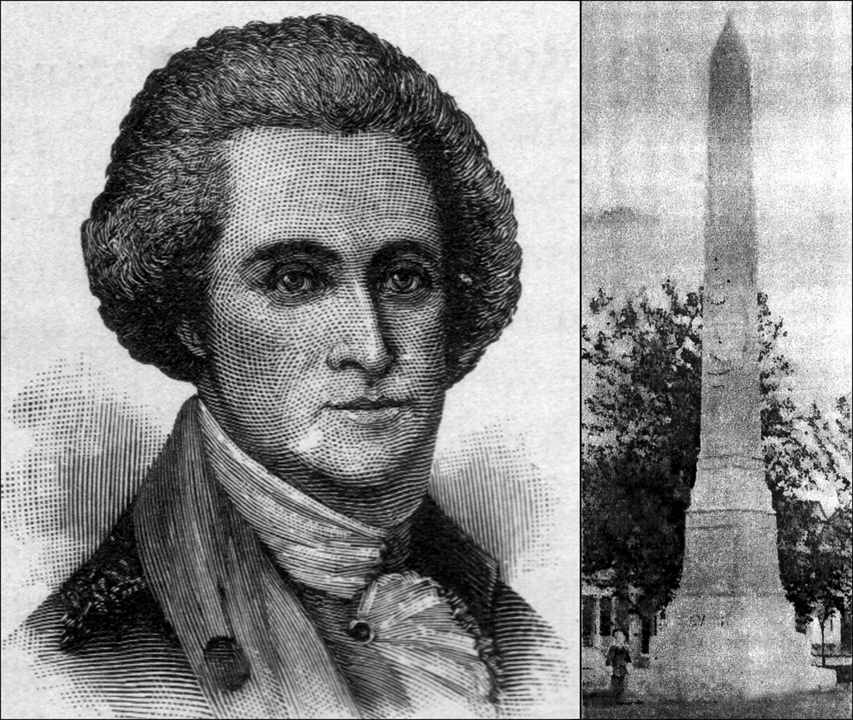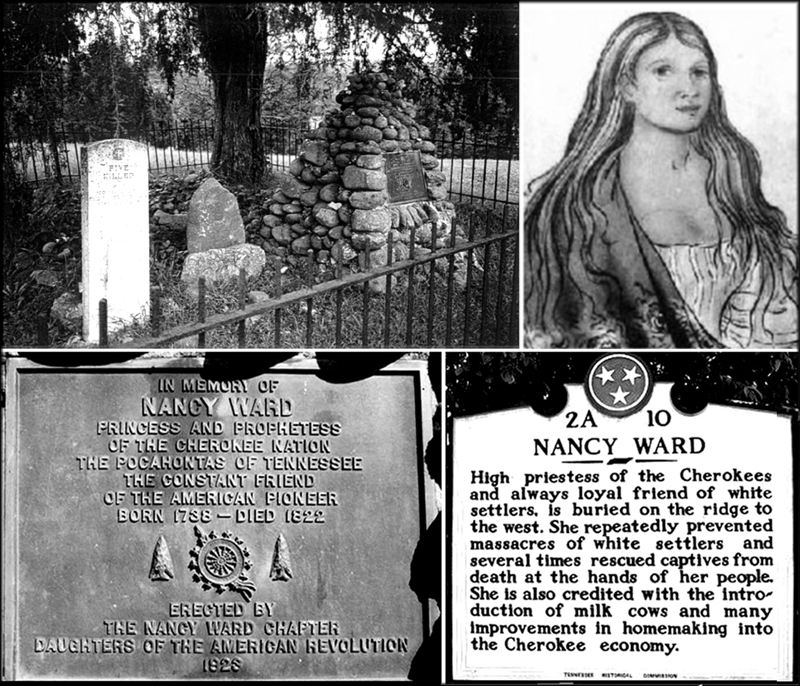In my unvarying search for Northeast Tennessee history, I often uncover attention-grabbing material. Recently, I spotted something from the late 1800s that aroused my curiosity because it pertained to Davy Crockett, a favorite theme of mine. It concerned an actor from Kentucky who became rich and famous for his on-stage portrayal of the noted hunter and storyteller.
Frank Mayo (1839 to 1896) was an American actor and comedian. In 1872, he perchance depicted Davy Crockett in a stage production, featuring a backwoods character that, almost overnight, endeared him to his public. He became synonymous with the role for a couple reasons – the sincere, polished acting in his portrayal of the Tennessee pioneer and the reputation of the 19th-century American folk hero, frontiersman, soldier and politician.
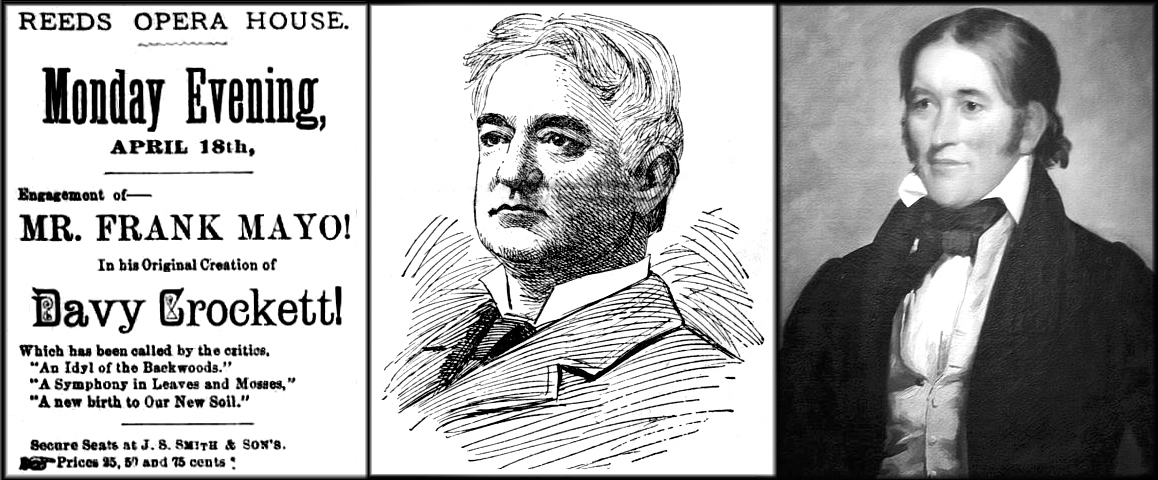
L to R: Frank Mayo Flyer, Sketch of the Famous Actor, Portrait of Davy Crockett
On one occasion late in his career, the actor had just concluded a Crockett performance when he was approached by some newspaper reporters desiring to interview him. In spite of his fatigue and the lateness of the hour, the congenial actor agreed to talk with them.
“How many times have you played Crockett on stage?,” asked one individual. Frank paused a few seconds, put his hand to his temple and responded: “My head is getting gray and every hair is a Crockett. This is a special night, the 3000th one. I have played it so long that the public has identified me with it and the demand is so strong that I am essentially prohibited from producing anything else. In one sense, I am regarded as the real Davy Crockett.
“In nearly every town I visit, I am invited to hunting parties, when the truth is that I never shot a gun in my life. Buffalo killing expeditions have been organized for my benefit. They are surprised to learn that I have neither the experience nor a taste for that kind of sport.
“I am passionately fond of appearing in other settings of legitimate drama. I was the principal supporting actor for Julia Dean Hayne (American actress) in all the classical characters in which she appeared. I favor variety so, consequently, the continual playing of one character is becoming monstrous to me.”
Another reporter noted, “You certainly had a full house tonight.” Mayo countered with “Oh yes, the house is always full. The late Davy Crockett is very popular, but it exasperates me to be compelled to play it all the time.”
Frank truly believed that he was a veritable Davy Crockett. Even in other occasional roles, people could not disassociate him from his mountain man character. He sincerely believed that a magnificent Shakespearean artist was spoiled when he became Davy Crockett.
Newspapers of that era had many flattering comments for Frank “Davy Crockett” Mayo:
1. “Mr. Mayo's fine physique and voice of great pathos and flexibility are no small portion of his advantages. He has disciplined himself into a subdued and picturesque style of interpretation, which is exceedingly effective.”
2. “David Crockett is a historical character and one of those wonderfully brave souls who fell at the Alamo. The love story that runs through it possesses all the elements that capture the public sympathy.”
3. “Mr. Mayo is the ideal backwoodsman, a hero in buckskin, commanding in statue, an Apollo in appearance, strong as Hercules and as tender as a woman. He possesses a face for manly beauty.”
4. “This theatre cannot afford to lose Davy Crockett or Frank Mayo. There is no play anything like the former and no actor to replace the latter. The pioneer, Crockett, was a gold mine and local managers demanded it be so.”
5. “Frank Mayo's “Davy Crockett” is one of the best of the realistic class of plays. The pure love of a strong, untutored nobleman of the forest is at all times portrayed in a masterly manner by Mr. Mayo.”
The end came in 1896 when the actor passed away.
